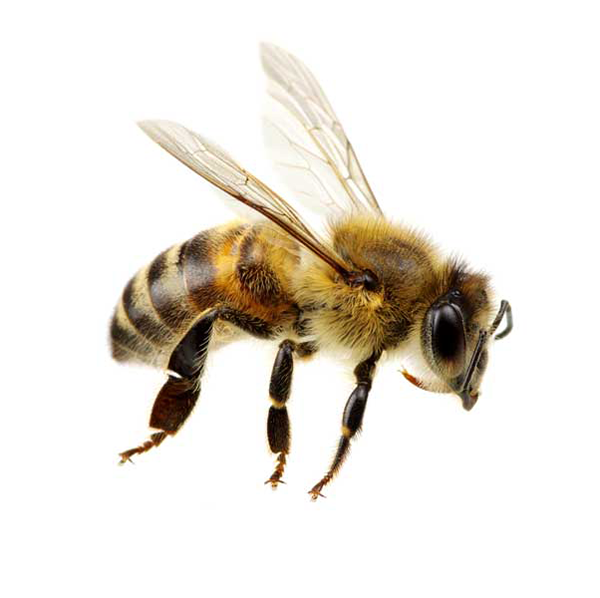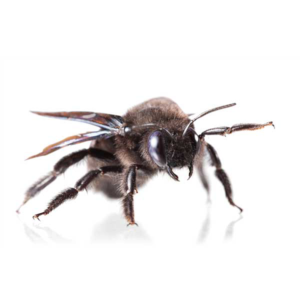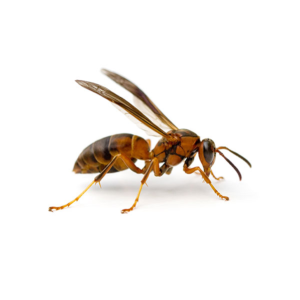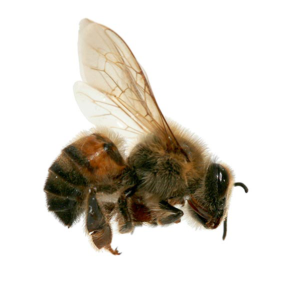Honey Bees in San Angelo
These diligent bees play an essential role in pollination and are appropriately named for their honey production. Their colonies can endure for many years. The queen honey bees are slightly bigger than the male honey bees, also called drones. They can be found all across the nation, pollinating over 100 different types of crops. There are primarily two types of honey bees: Africanized honey bees and European honey bees. Among the two, European honey bees are notably more aggressive. Whenever a colony grows too large for its hive, honey bees will form a swarm.
Honey Bee Habitat
Honey bees frequently construct their nests in crevices of trees, but on occasion, they may choose attics or chimneys. The presence of honey bees is most noticeable during summer and late spring, as new queens, accompanied by thousands of workers, leave their old colonies to establish new nests in tree hollows or crevices. During this time, you can witness large groups of bees swarming together, searching for a new place to nest. It takes approximately 24 hours for a swarm to find a suitable new nesting site. Although most swarms are harmless, certain bee species, such as the Africanized honey bee, exhibit extreme aggressiveness and may attack without provocation.
Honey Bee Behaviors, Threats, or Dangers
Honey bees have the ability to sting, but they can only do it once. The stinging capability is possessed by female worker bees, and they are unlikely to sting while foraging for nectar and pollen in your backyard. Bee stings usually occur when these gentle bees feel provoked or accidentally crushed. The honey bee’s stinger, which has barbs, remains in the skin until physically removed. The method of removal, whether using fingers, tweezers, or scraping, is less important than taking it out as quickly as possible. Honey bee stings can be quite painful and pose a life-threatening risk to a small percentage of people who are allergic to the venom. To avoid painful and potentially dangerous stings, it’s important to call a professional bee removal company if you find a nest on your property.




